Welcome to the world of NFTs, a cutting-edge technology that is revolutionizing the way we think about ownership and authenticity in the digital world. You may have heard the buzz around NFTs, but what exactly are they? Are they a form of cryptocurrency, a tool for securing digital assets, or a way to authenticate unique items in the virtual realm? This article explores the exciting world of NFTs and discusses what they are, how they work, and the many different use cases they offer. So buckle up and get ready to discover the endless possibilities of NFTs.
What Are NFTs?
NFTs, or non-fungible tokens, are a type of digital asset that is unique and can be exchanged for something else of value. Unlike cryptocurrencies such as Bitcoin and Ethereum, which are fungible and interchangeable, each NFT is one-of-a-kind and represents a unique digital item, such as an artwork, a tweet, a video clip, or even virtual real estate.
You can think of the uniqueness of each NFT similarly to cars. Each car is a little (or a lot) different and has a Vehicle Identification Number (VIN). The VIN of each car is different and unique, and act as a serial number to identify each car. You car has a VIN and it appears on your bill of sale, auto insurance policy, and DMV records to identify it and set it apart from other similar cars. You can sell your car to someone and the title of the car, with the VIN on it, goes with the car to later identify it with its new owner. NFTs can essentially work in the same way, where the title of the car would be the NFT. In fact, in the future you may find that the title of your car could in fact be an NFT.
NFTs are built on blockchain technology, which allows for the creation of a secure and transparent ledger of ownership and provenance for digital assets. You can read more about what a blockchain is in the previous Escient Financial Insights article What is Blockchain and What are the Benefits of Blockchain and Cryptocurrency? This means that NFTs can be used to verify the authenticity and ownership of digital items, creating a new paradigm for digital ownership and collectibles.
NFTs have become increasingly popular in recent years, particularly in the world of digital art, where they have created a new market for buying and selling digital artworks. However, NFTs have a wide range of use cases beyond just digital art, including in gaming, sports, music, and more. Overall, NFTs offer a new way to think about digital ownership and have the potential to reshape the way we interact with digital assets in the future.
Fungible vs. Non-Fungible
Fungible and non-fungible tokens are two different types of digital assets that have distinct characteristics and use cases.
Fungible tokens are digital assets that are interchangeable with each other and have the same value. A good example of a fungible token is a cryptocurrency such as Bitcoin or Ethereum. Each Bitcoin or Ethereum coin has the same value and can be exchanged for another coin without any loss of value. This is similar to existing fiat money, where one dollar bill is worth the same as another dollar bill. This means that fungible tokens can be used as a form of currency or to represent a share of ownership in a particular asset.
Non-fungible tokens (NFTs), on the other hand, are unique. Each NFT represents a specific asset, such as a piece of art, a video game item, or a collectible. This means that NFTs are often used to represent ownership or proof of authenticity of a particular asset. Note that NFTs are sometimes referred to as a digital collectible, but not all NFTs are digital collectibles.
One key feature of NFTs is that they are typically built on blockchain technology, which allows for the creation of a secure and transparent ledger of ownership and provenance for digital assets. This means that NFTs can be used to verify the authenticity and ownership of digital items, creating a new paradigm for digital ownership and collectibles.
Overall, fungible tokens and non-fungible tokens have distinct characteristics and use cases. Fungible tokens are typically used as a form of currency or to represent ownership in a particular asset, while non-fungible tokens are used to represent unique assets or to authenticate ownership of digital items.
Current Use-Cases for NFTs
There are a wide range of use-cases for NFTs that are currently being explored and implemented by different industries. Here are some of the most prominent use-cases for NFTs:
- Digital art: NFTs have become increasingly popular in the world of digital art, where they allow for the creation of unique and verifiable digital artworks that can be bought and sold like traditional physical art pieces.
- Gaming: NFTs are being used in gaming to represent virtual items and assets, such as in-game weapons, characters, and skins. This allows players to truly own and trade their virtual assets.
- Music: NFTs are being used in the music industry to represent ownership of music royalties and to create unique experiences for fans, such as access to exclusive content or meet-and-greets with artists.
- Sports: NFTs are being used in the sports industry to create unique collectibles, such as digital trading cards and game-worn memorabilia.
- Virtual real estate: NFTs are being used to represent ownership of virtual land and property in virtual worlds and metaverses, such as Decentraland and The Sandbox.
- Identity verification: NFTs are being used to verify and authenticate identity and ownership of physical and digital assets, such as real estate and luxury goods.
The use-cases for NFTs are vast and varied, and we are only just beginning to scratch the surface of their capabilities.
Future Use-Cases for NFTs
NFTs have the potential to revolutionize many industries by creating new models of ownership, verification, and monetization for digital assets. As NFT technology continues to evolve and gain adoption, there are several exciting potential future use-cases for NFTs. Here are some possibilities:
- Ticketing: NFTs could be used for event ticketing, allowing for more secure and transparent verification of ownership and reducing the risk of fraudulent tickets.
- Education: NFTs could be used in education to represent digital certificates and diplomas, creating a more secure and verifiable way of proving educational achievements.
- Real-world assets: NFTs could be used to represent ownership of physical assets, such as real estate or luxury goods. This would allow for more secure and transparent verification of ownership and transfer of ownership.
- Digital fashion: NFTs could be used to represent ownership of digital fashion items, allowing for new models of ownership and consumption of fashion in the digital realm.
- Social media: NFTs could be used in social media to represent ownership of digital content and to create new revenue streams for content creators.
- Carbon credits: NFTs could be used to represent ownership of carbon credits, creating a more secure and transparent market for carbon offsets.
We are likely to see many more innovative applications of this technology in the years to come. As the world becomes increasingly digital, NFTs offer a new paradigm for ownership and value creation in the digital realm.
What If I Just Copy an Image an NFT Is Based On?
Since digital items can be easily copied, doesn’t that affect the value of the NFT? Again, consider the difference in value between an original Picasso painting and a reprint or replica. In real-world terms, it’s the blockchain code itself that offers the NFT its scarcity. While an original Picasso painting and a reprint may look the same, we know that one is worth far more than the other.
How Are NFTs Created?
The NFT is often created at one of a handful of marketplaces that trade in these items. Many artists, from painters and musicians to comic book illustrators, have used these marketplaces to supplement their income.
For instance, Star Trek actor William Shatner made a series of trading card-style NFTs, including one of his dental x-rays. Depending on the marketplace, these artists can benefit from not only the initial sale but, unlike many other creative works, they can earn residuals from the NFT’s resale down the line.
NFTs are created using blockchain technology, which allows for the creation of a secure and transparent ledger of ownership and provenance for digital assets. Here are the basic steps involved in creating an NFT:
- Choose a blockchain: NFTs can be created on several different blockchains, including Ethereum, Binance Smart Chain, and Flow. Each blockchain has its own set of tools and standards for creating and managing NFTs.
- Create a smart contract: A smart contract is a self-executing contract with the terms of the agreement between the buyer and seller being directly written into lines of code. You can learn more about smart contracts with the previous Escient Financial Insights article Smart Contracts: Revolutionizing Finance, Business, and Legal Agreements. The smart contract contains the rules and metadata that define the NFT, such as its name, description, and attributes.
- Mint the NFT: Once the smart contract is created, the NFT can be minted or created. This involves creating a unique token on the blockchain that represents ownership of the digital asset. The NFT is usually created by uploading the digital asset, such as a piece of art or a video game item, to the blockchain.
- Set the terms of sale: The creator of the NFT can then set the terms of sale, including the price and any royalties or commissions that will be paid to the creator or other stakeholders when the NFT is sold.
- List the NFT: The NFT can then be listed on a marketplace or platform where it can be bought and sold by other users.
It is possible to make money by investing in NFTs. Just like with any other investment, investing in NFTs involves buying low and selling high. The value of NFTs can fluctuate based on a variety of factors, including their rarity, popularity, and the reputation of the creator.
Some NFTs have sold for millions of dollars, and there are many examples of people making significant profits by investing in NFTs. However, it's important to note that investing in NFTs, like any investment, comes with risks. The value of NFTs can be volatile, and it can be difficult to predict which NFTs will increase in value over time.
It's also important to do your research before investing in NFTs. Look for NFTs that are created by reputable artists or developers and have a strong following or community. Pay attention to market trends and be aware of any potential risks or scams.
Overall, investing in NFTs can be a potentially lucrative but also risky venture. As with any investment, it's important to do your due diligence and invest wisely.
With the use-cases of NFTs, not every purchase of an NFT needs to be with a focus or intent of making money off it.
Risks Involved with NFTs
While NFTs offer many potential benefits, there are also several risks associated with this technology. Here are some of the most significant risks to be aware of:
- Volatility: The value of NFTs can be highly volatile and unpredictable. This means that there is a risk of losing money if you invest in an NFT that declines in value.
- Lack of liquidity: NFTs can be difficult to sell if there is no demand for them in the market. This lack of liquidity can make it difficult to exit an investment in NFTs if needed.
- Lack of regulatory clarity: The NFT market, like much of the crypto market, lack regulatory clarity. That means that there is a risk of fraud, scams, and other malicious activities, as well as whether or not certain NFTs could be considered securities. Investors should be cautious and do their due diligence before investing in any NFTs.
- Technical risks: NFTs rely on blockchain technology, which can be subject to technical glitches, hacks, and other security issues. This can result in the loss or theft of NFTs or the loss of access to them.
- Environmental impact: The energy consumption required for blockchain technology can have a significant environmental impact, which is a growing concern for many people.
Overall, investing in NFTs comes with risks, and it's important to be aware of these risks before investing.
It's important to do your research, invest wisely, and be aware of potential scams and fraudulent activities in the market. As with any investment, it's also important to be prepared for the possibility of losing money.
Investing in NFTs
Investing in NFTs can be a potentially lucrative but also risky venture. As with any investment, it's important to do your due diligence and invest wisely, and to only invest what you can afford to lose.If you are interested in investing in NFTs, it's important to understand the risks and potential rewards. NFTs are a relatively new technology and the market is still developing, so it can be difficult to predict how they will perform in the long term.
Investing in NFTs, like any other potential investment, involves risks and requires careful consideration of your financial situation, goals, and risk tolerance. It's important to be aware of the risks associated with investing in NFTs, including volatility, lack of liquidity, lack of regulation, technical risks, and environmental impact. It's also important to do your due diligence and research the NFTs you are interested in, including the reputation of the creators, the potential market demand, and any associated costs or fees.
Escient Financial, with its founder Mike Halper as a Certified Digital Asset Advisor, has the expertise to provide guidance with potential NFT purchases and investments. To learn more about NFTs, and digital assets in general, and how they can (or in some cases shouldn't) be integrated with your financial plan, feel free to...
This content is developed from sources believed to be providing accurate information. The information in this material is not intended as investment, tax, or legal advice. It may not be used for the purpose of avoiding any federal tax penalties. Please consult legal or tax professionals for specific information regarding your individual situation. The opinions expressed and material provided are for general information, and should not be considered a solicitation for the purchase or sale of any security. Digital assets and cryptocurrencies are highly volatile and could present an increased risk to an investors portfolio. The future of digital assets and cryptocurrencies is uncertain and highly speculative and should be considered only by investors willing and able to take on the risk and potentially endure substantial loss. Nothing in this content is to be considered advice to purchase or invest in digital assets or cryptocurrencies.
Enjoying Escient Financial’s Insights?
The weekly newsletter is usually delivered to your email inbox Friday or Saturday, and includes:
- the latest Escient Financial Insights articles
- a brief of the week's important news regarding the markets
- recommended third-party reads
- selected Picture of the Week
Escient Financial does NOT sell subscriber information. Your name, email address, and phone number will be kept private.
















